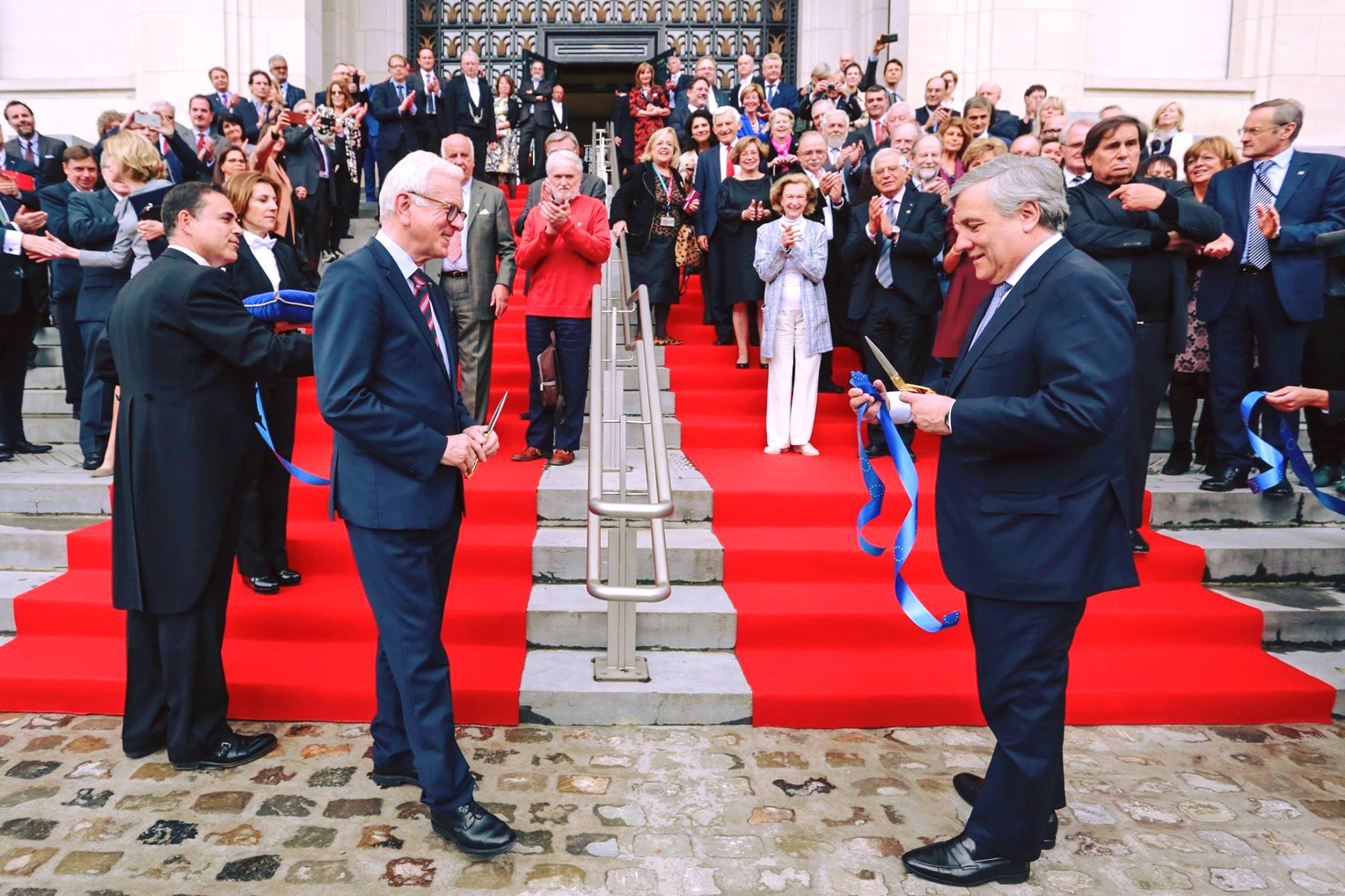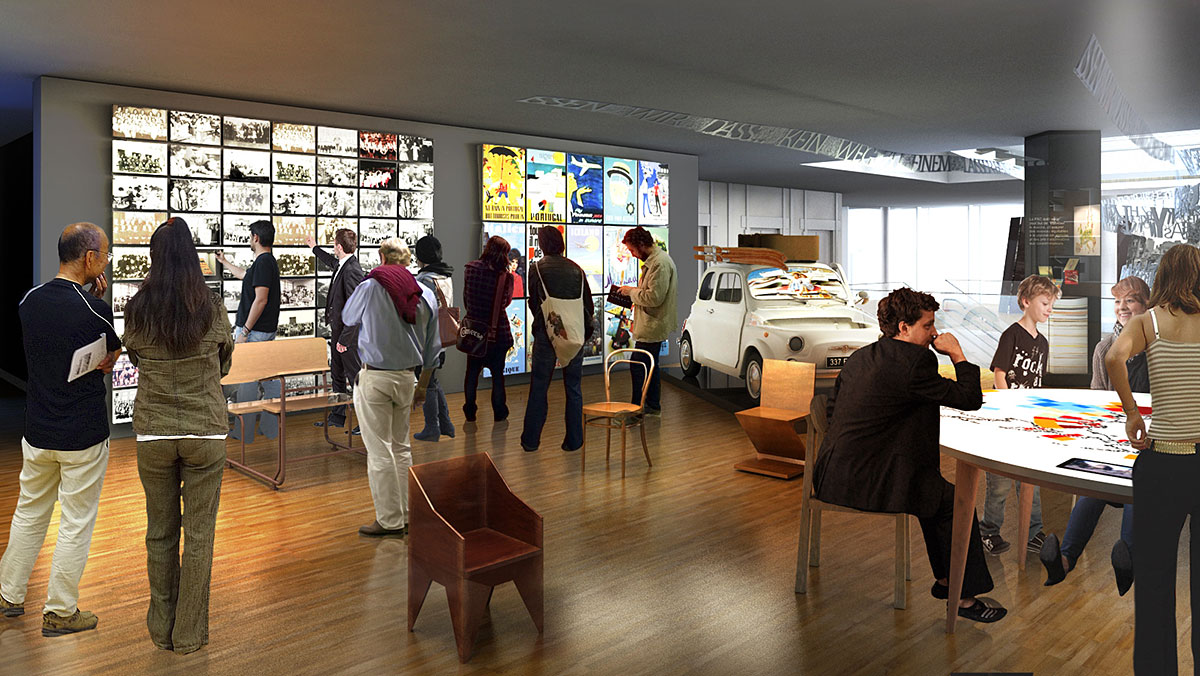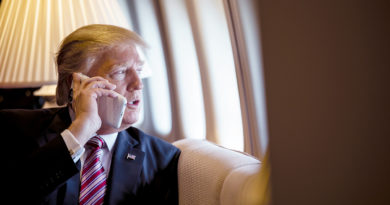The House of European History: the new kid on the block ?
Another museum in Brussels? Yes but this time it is not a collection of works of art or design objects. It is a collection of stories of the people of Europe: “The House of European History”.
It opened on May 6th after the official opening ceremony on May 4th by the president of the European Parliament Antonio Tajani and the former EP President Hans-Gert Pöttering, chair of the Board of Trustees of the House of European History.
Even nowadays, Europe is still a vague concept, a name stuck on a continent formed by different countries. Therefore the people of Europe have difficulty in connecting with this vague entity. It is only when “Europe” is linked to some concrete ideas or projects that its people find it easy to declare their “Europeanness”. And this is the concept underlined by President Tajani in his inaugural speech: “This is indeed not only the House of European History, it is also the house of European identity and European memory”. In Pöttering’s view “this is a house which, by showing us the dynamics of European history, enables us to better understand recent history, as well as the present one”.
The incubation period to the birth of this museum has been a long one, ten years, from the first launch of the idea in 2007 to the inauguration of the House on May 4th, 2017. But the result is excellent.
It was not easy to create a museum out of a concept. Finding the building was the easy bit: the Eastman building, located in the small but evocative Parc Leopold surrounding one of the buildings of the European Parliament, had been left closed for many years. Built in 1934-35 in pure Art Deco style, it had been a dental clinic for disadvantaged children in Brussels financed by the US businessman and philantropist George Eastman, inventor of the Kodak camera. Now photographs (presumably also taken with those old Kodaks!) are the core of the exhibition of the museum, documenting the relevant events of the history of Europe and of Europeans. The architect of the Eastman Building was Michel Polak (1885-1948) the same person who “signed” another remarkable building in Brussels, the “Residence Palace”, a former building for housing diplomats in Brussels in the decade before the second world war and now a conference centre and an office building for the press in Rue de la Loi.
The architects of the project of the House of European History, the consortium Chaix&Morel Associés and JSWD Architekten, renovated the building by adding a glass structure on the top and enlarging it to include the backyard so as to obtain more space for all the exhibits, the permanent ones and the temporary ones. Art Deco images in the Atrium, created by the Belgian artist Camille Barthelemy, representing animals from the “Fables” of La Fontaine, have been carefully restored and welcome the visitor with an enjoyable and airy atmosphere.
This contrasts with the darker central part of the building where permanent exhibitions are located on six floors, 4000 sq.m with the first two floors dedicated to the temporary exhibitions. A shiny aluminium monumental spiral, hanging from the glass ceiling with writings engraved all over it, is the unifying element between the floors of the museum.
For the inauguration of the House of European History the temporary exhibition “Interactions: centuries of commerce, combat and creation” was chosen. The exhibition was created by the Dutch design studio Kossman.Dejong and the construction company Bruns. It occupies 500 sq.m and is based on two different museum concepts: on the first floor the objects are the focus of attention, on the second floor the stories are the starting point. The centre piece on the first floor is a large interactive map of Europe. Visitors are asked to answer questions on their personal experiences with cross-border interaction so as to create, on the big map covering a good part of the wall, a “collective web” of European interactions. Borders are out, interactions are in! And the visitors then become part of the exhibition with their own stories of movements all over Europe.
On the first floor a theatrical setting was chosen for each of the themes. On the second floor an imaginary “European house interior ” was recreated and people are invited to find the “European story” behind everyday objects. Like the Belle Epoque perfume created by a company in Italy and mass produced in Cologne, Germany. And you can even have an olfactive experience of this historic perfume!
A table is set up in the kitchen of the house with reproduction of dishes. Touch one of them and and you will be “served” an animation about the origin of that particular dish. And what about fairy tales? Looking up from a four-posters bed in the bedroom you will discover that fairy tales from different European countries have a lot in common.
On the remaining floors there is the permanent exhibition starting with the learning experience on “Shaping Europe”. What is Europe? Geographically it has never been clearly defined, but what distinguishes it from other continents? History, yes, but the European past has been different for different people and different countries. So is there a common element ? This is what the visitor is asked to find, a shared past which they may not acknowledge at first. The rest of the floors are dedicated to the European history as such, not separated into different countries. Only the events where more than one European country were involved are taken into account. So you pass from the “Europe: a global power” covering the events of the 19th century European history – with the rise of the declarations of human rights, democracy and also of nationalisms, industrialisation and free market – to “Europe in ruins” with the outbreak of the First World War with painful images of the destructions on the battlefields. It was the beginning of the most violent century in Europe’s history, a shared history of violence and pain.
The next floor is dedicated to the “Rebuilding of a divided continent” with the rise of totalitarianism on one side and of democracy on the other while the onset of World War 2 approaches, a war that for the first time has cancelled the concept of soldiers at war and civilians. Millions of people were victims of mass executions, deportations, starvation, forced labour, bombing and concentration camps. A reminder of the ‘Shoa’ as a painful shared experience by the Jews of several European countries has a special place among the exhibits.
The next floor is dedicated to the “Rebuilding of a divided continent” after 1945 from the Marshall Plan to the role of the URSS in dividing Europe. On this division fell the first seed of cooperation on a supranational level by the six founding members of the European Economic Community with the Schuman declaration and the following treaties, while Eastern Europe continued to be under Communist dictatorship.
The following floor takes us to the present difficult times with recession starting from the ‘70s while the European Community continued to build its Common Market and to enlarge itself: the title of this floor is “Shattering certainties”. The crash of the Soviet Union and new nations emerging and older borders redrawn with the reunification of Germany are the centre piece. The enlargement of the European Union and the crisis of 2008 are shown on the same floor with the sharing of experiences and memories from the countries whose voice had not been heard because still in the grips of totalitarianism. This section “Shared and divided European memory” is the one that asks the question: “What is European memory?” Is there a European common memory, then ? Here the visitor has he floor, and will have to provide answers. The section “Accolades and Criticism” is there for this. “What is Europe?”, “What does it mean to feel European?” “Is here a European heritage and what does it mean?” and on a more personal level “What is the relevance of our memories?”.
Only when we Europeans will be able to understand this, we will be able to answer these questions. The House of European History can certainly help. But it is the European citizens who have to take the first step.






